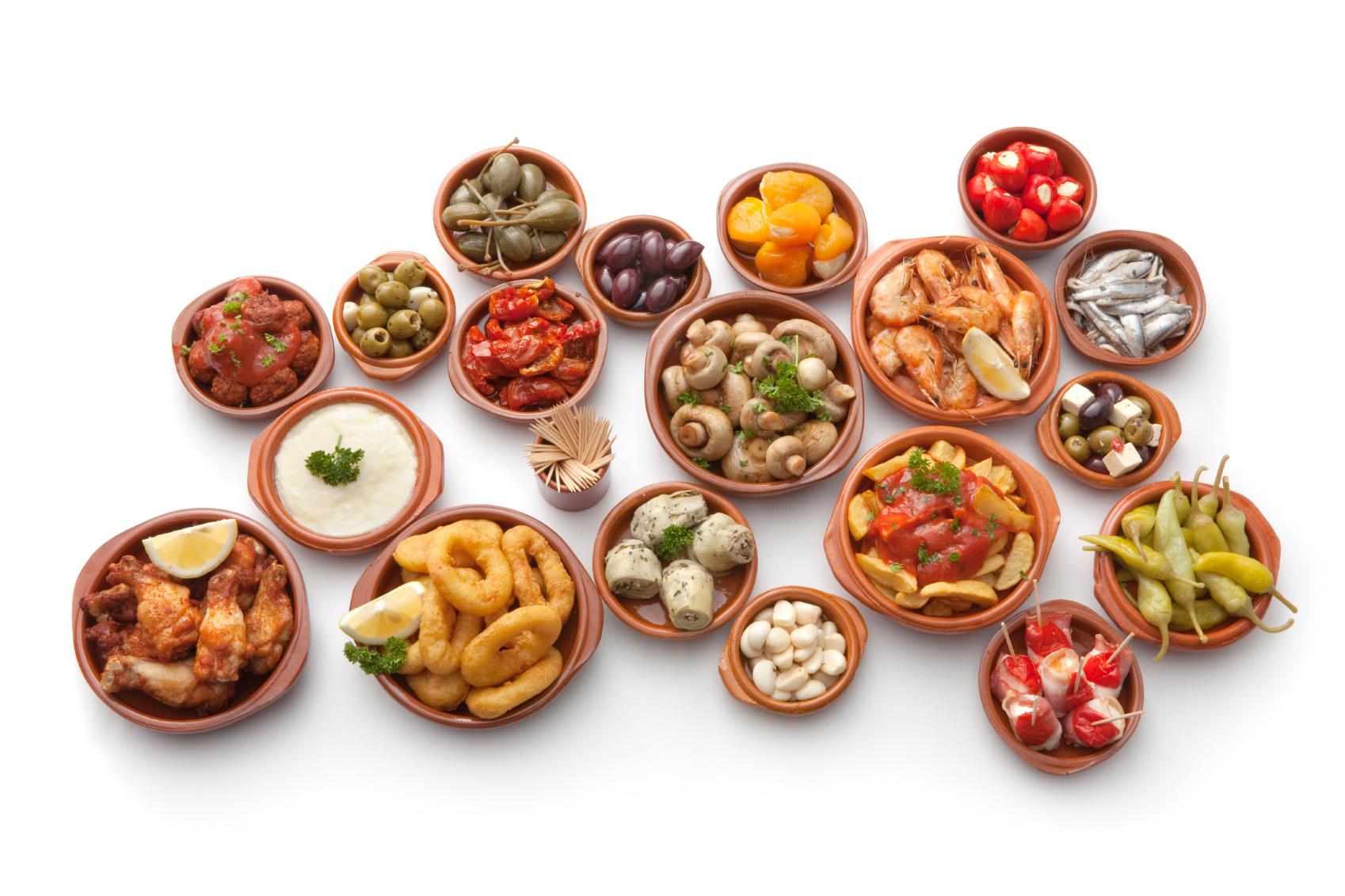Ways to Help Your Child Overcome Picky Eating (Food Textures)
The Journey of Taste Development
The Early Stages Of Taste
The body is remarkable how it advances and develops. At about 8 weeks gestation, a baby's sense of taste begins to develop as newly formed taste buds begin to detect the flavors from the mother's meal. Once born, a baby consumes liquid in a supported position relying on reflexes. Then as the whole body develops, we begin to consume sour gummy worms, spicy hot wings, and maybe sign up for an eating contest! It's AMAZING!
The 3 Primary Developmental Stages Of Eating & Taste
Many advancements happen in the body as it transitions to more complex foods and everyone's journey is different in some way. When you take a moment to think about all that is going on to develop taste and food preference, you realize what a complex process "simply eating" really is!
1. Muscle And Motor Skill Development
Our body's priority is to keep us alive, breathing, and with functioning organs. Therefore, if we are not in a position or have the skills required to safely manage food, the body will do it's best to keep us alive.
2.
Sensory Development
A newborn baby is taking in information about how his/her mother smells, feels, looks, sounds, etc. As a child develops, at around 9-12 months, they begin to mainly explore the world through taste and touch. At this stage is where you find children mouthing everything.
3. Curiosity And The Desire To Have Fun With Food!
We've all had negative eating experiences. For example, if you ate something that made you sick, now we will no longer want to eat it. On the other hand, we have all had positive experiences as well. For example, the smell of your beloved family members cooking.
So What Can We Do To Advance Textures?
(Follow the sequence below and ensure that sure each step is supported first before moving to the next step)
- Sit supported, able to move, breathe
- Tolerate different sensory input-touch, vision, body position, taste, smell, movement, and consider the body's ability to notice when it is hungry and full
- Be fun, build curiosity-find out what the child enjoys and include that into a fun, texture based experience
Thank you to Erin Shultz, an Occupational Therapist with the Pediatric Movement Center, for sharing your knowledge and advice! If you have questions about the information in this article or concerns about your child's diet/ability to eat, it may be time time to reach out to a medical professional, such as a pediatrician, nutritionist, occupational therapist (helps with sensory food concerns) or a speech therapist (helps with mechanical issues such as swallowing and oral motor functioning) for medical intervention.








